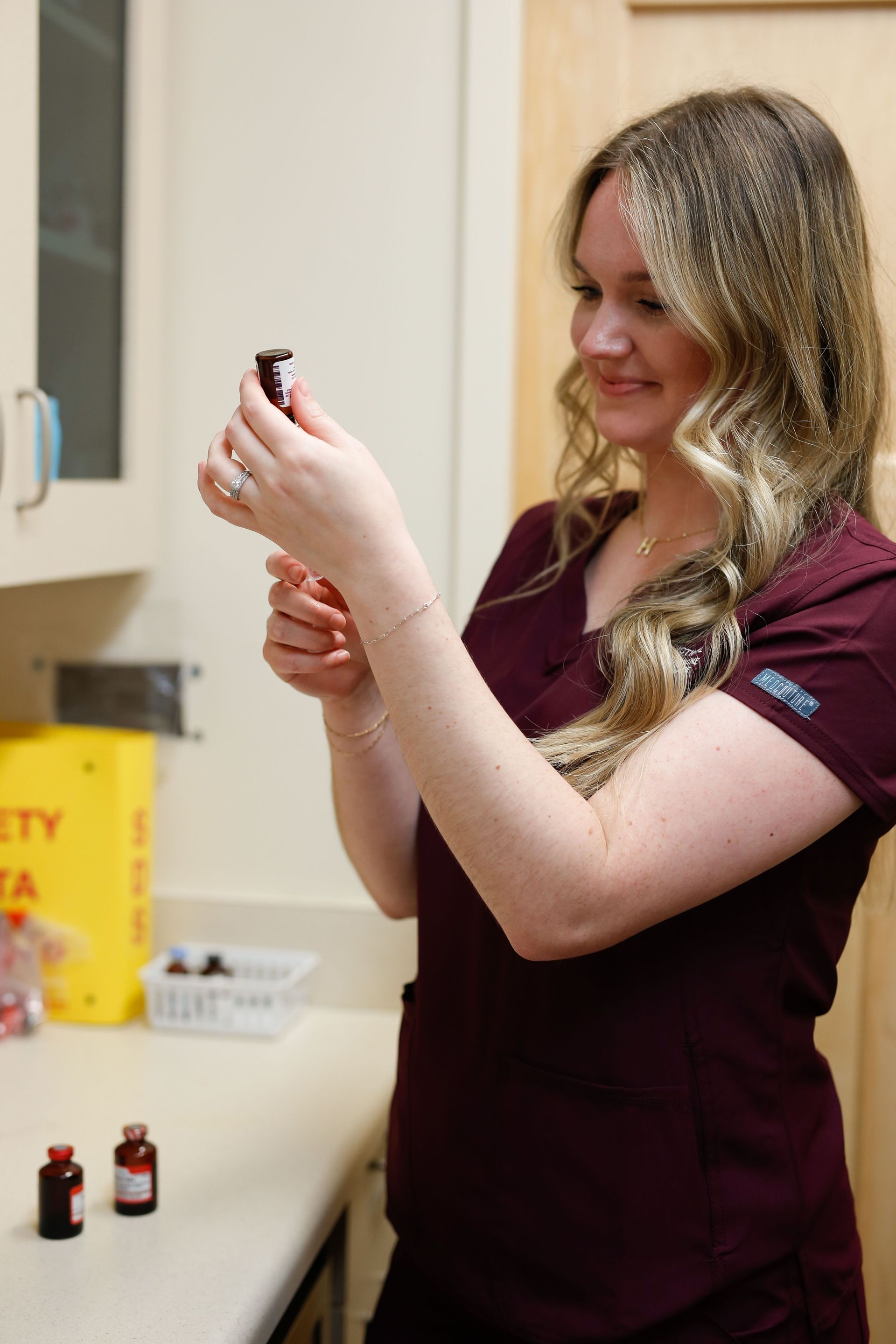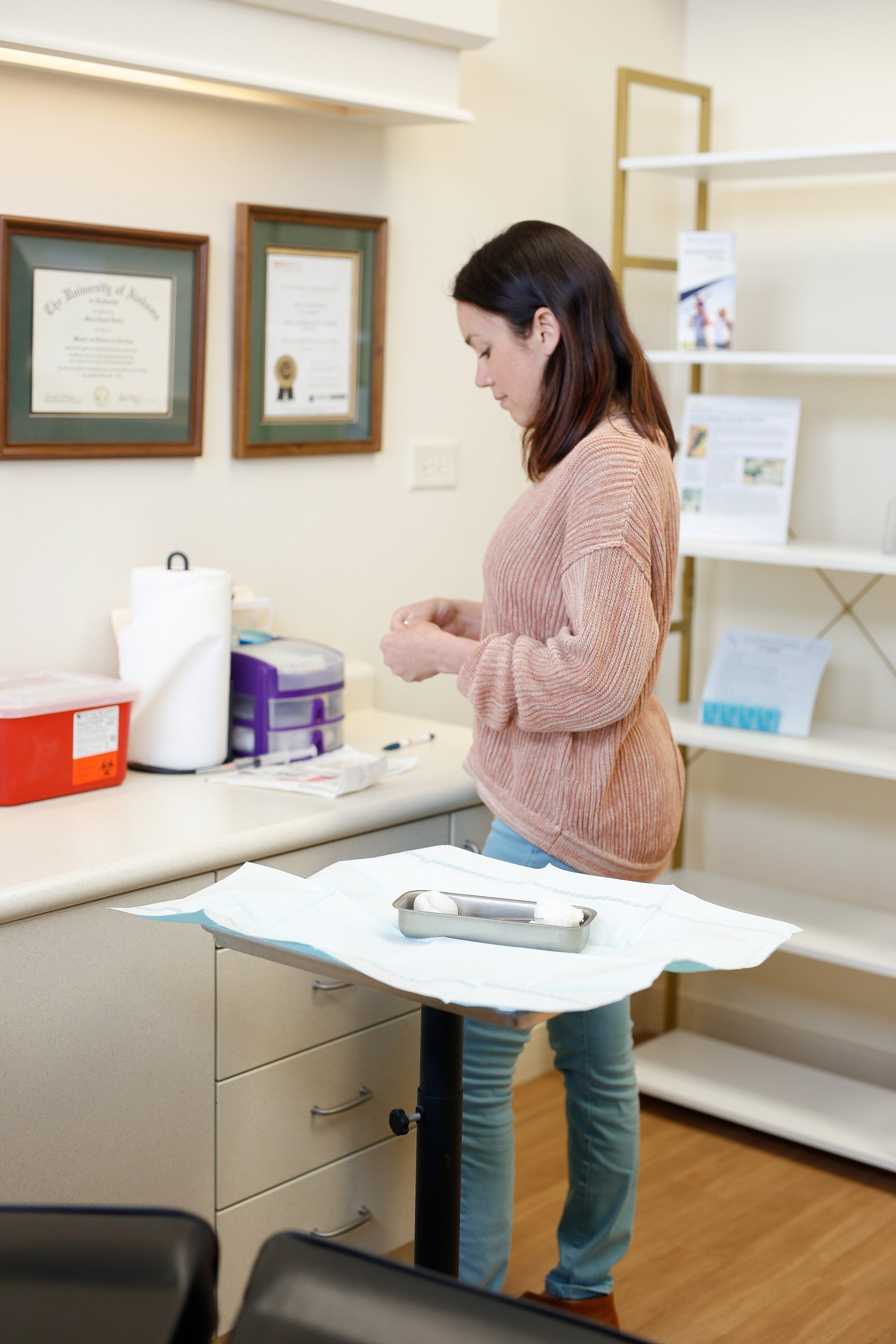Bioidentical Hormone Replacement Therapy

What is it?
Hormones are involved in most of the body’s basic functions like digestion, appetite, immune function, brain function, libido, and mood. Low or imbalanced hormone levels can have widespread effects on your health and feeling of well-being. For many people, hormone replacement therapy offers a solution for symptoms of menopause, peri-menopause, low testosterone, thyroid conditions, and other hormone imbalances.
What are they?
Bioidentical hormones are plant derived compounds with the same molecular structure as natural human hormones. Many providers and patients are choosing bioidentical hormone replacement therapy (BHRT) as the preferred treatment for declining or imbalanced hormones instead of synthetic hormones. BHRT has many functions, but it’s most commonly used to treat perimenopause and menopause in women and andropause or low testosterone in men.


How will my treatment plan work?
Your initial consultation will tell us if hormonal imbalance might be the cause of your symptoms. We’ll provide customized recommendations based on your history, family history, and current symptoms. We’ll also use bloodwork, urinalysis, or saliva testing to determine the correct dosages for your individual needs. We offer several types of bioidentical hormone replacement therapy options, including topical creams, oral troches, injectables and hormone pellets.
FAQs
If you think a hormonal imbalance may be behind your symptoms, set up a visit in our clinic and let’s journey toward a holistically healthier you!

